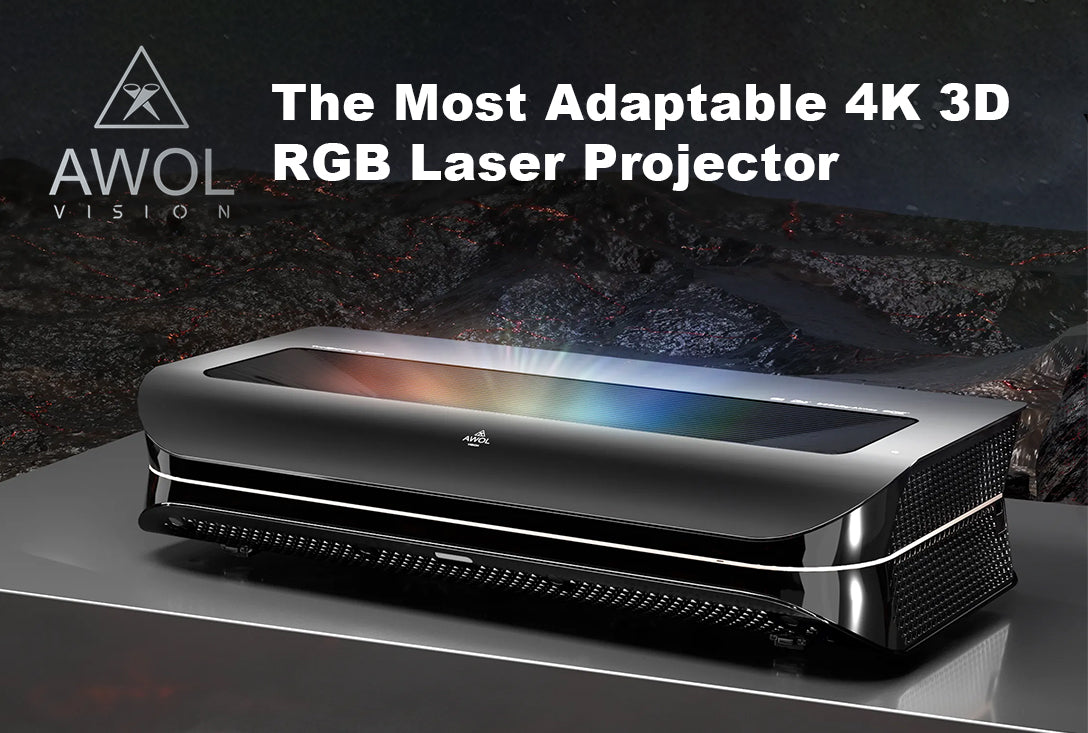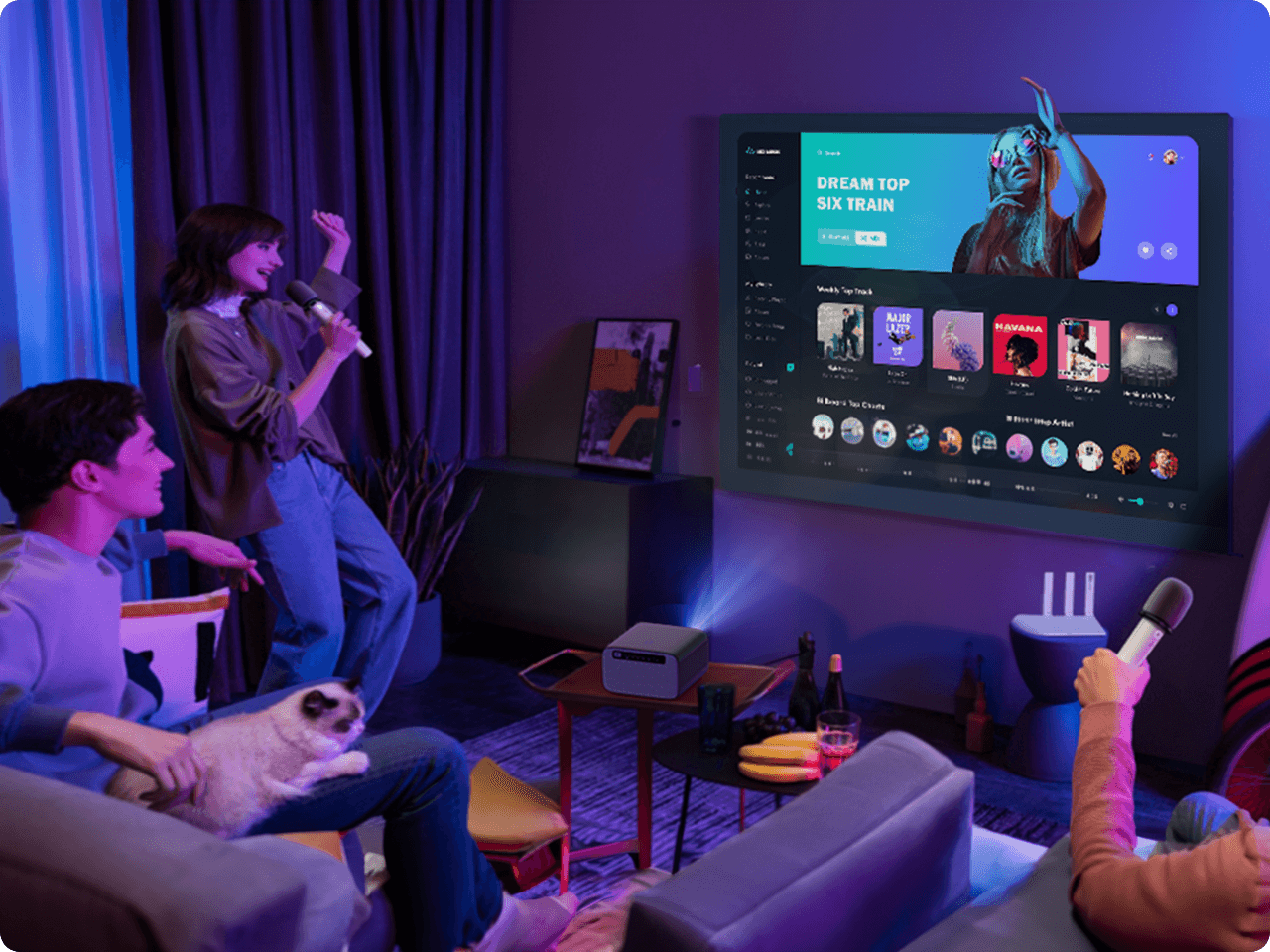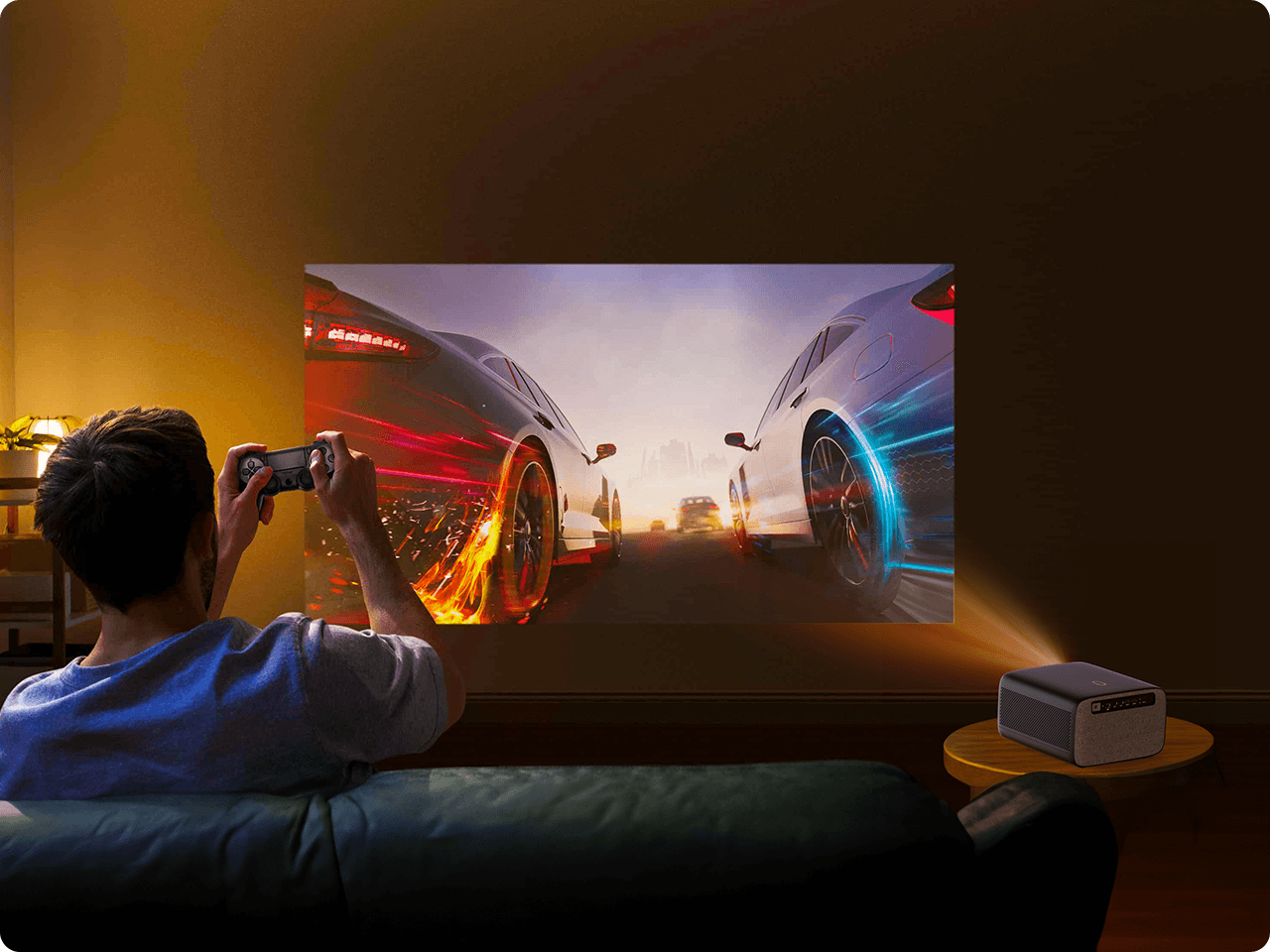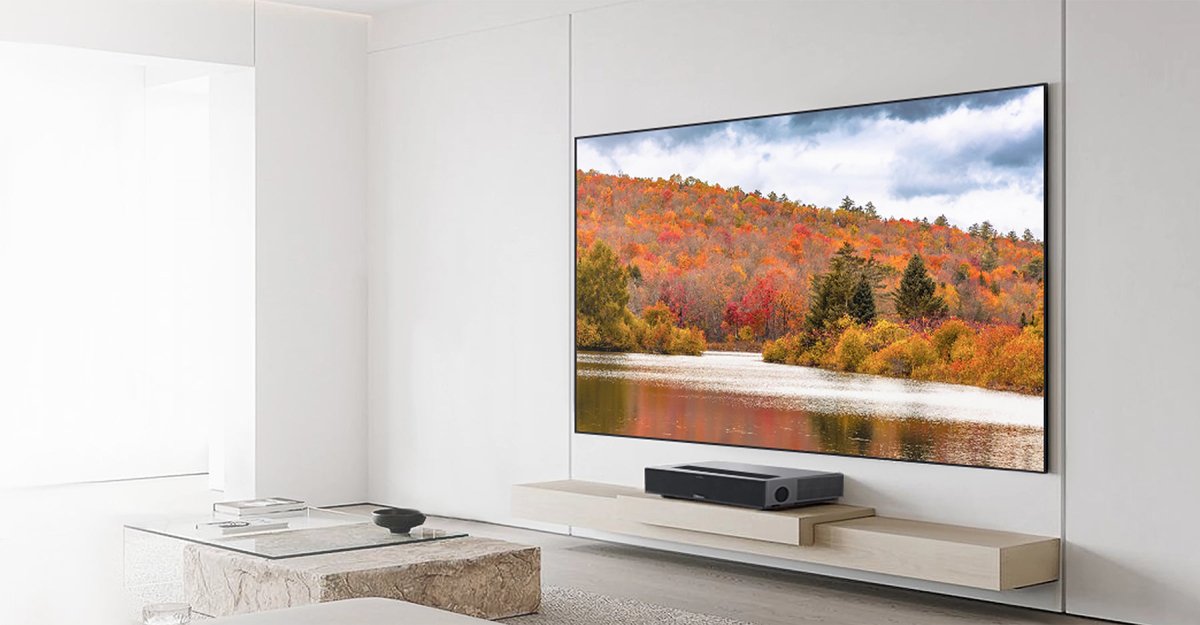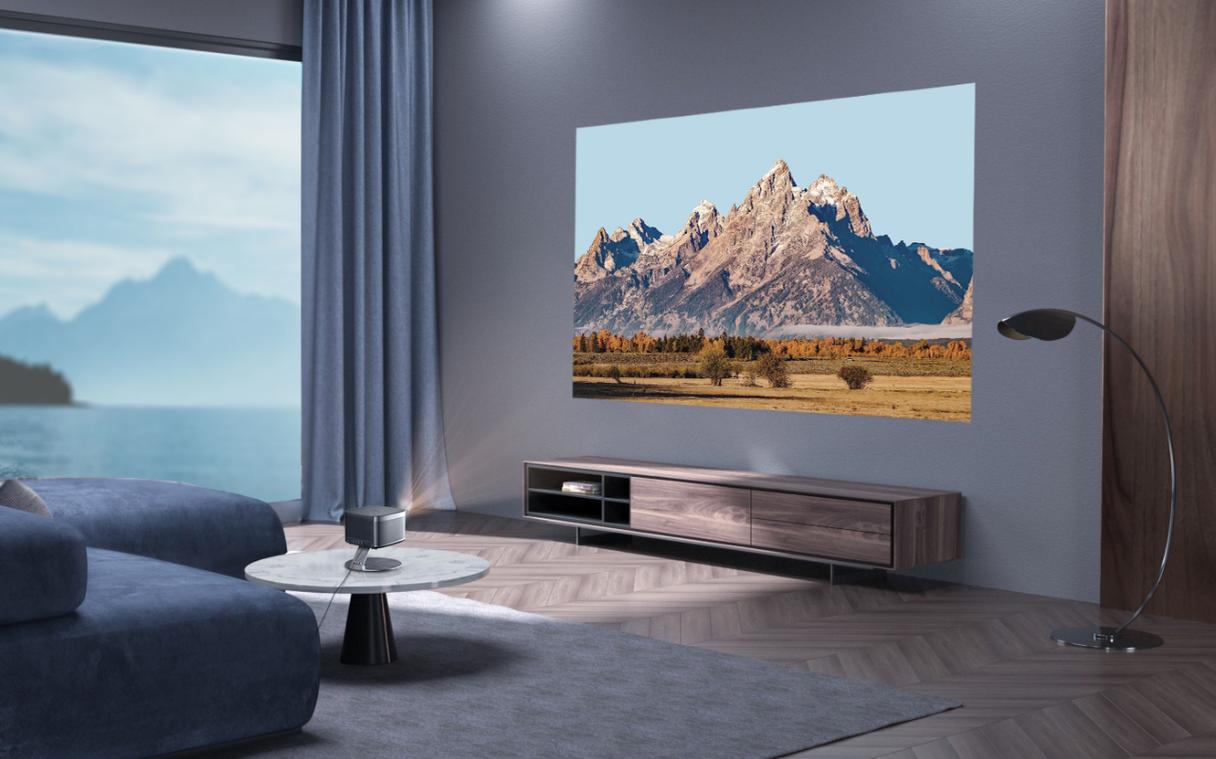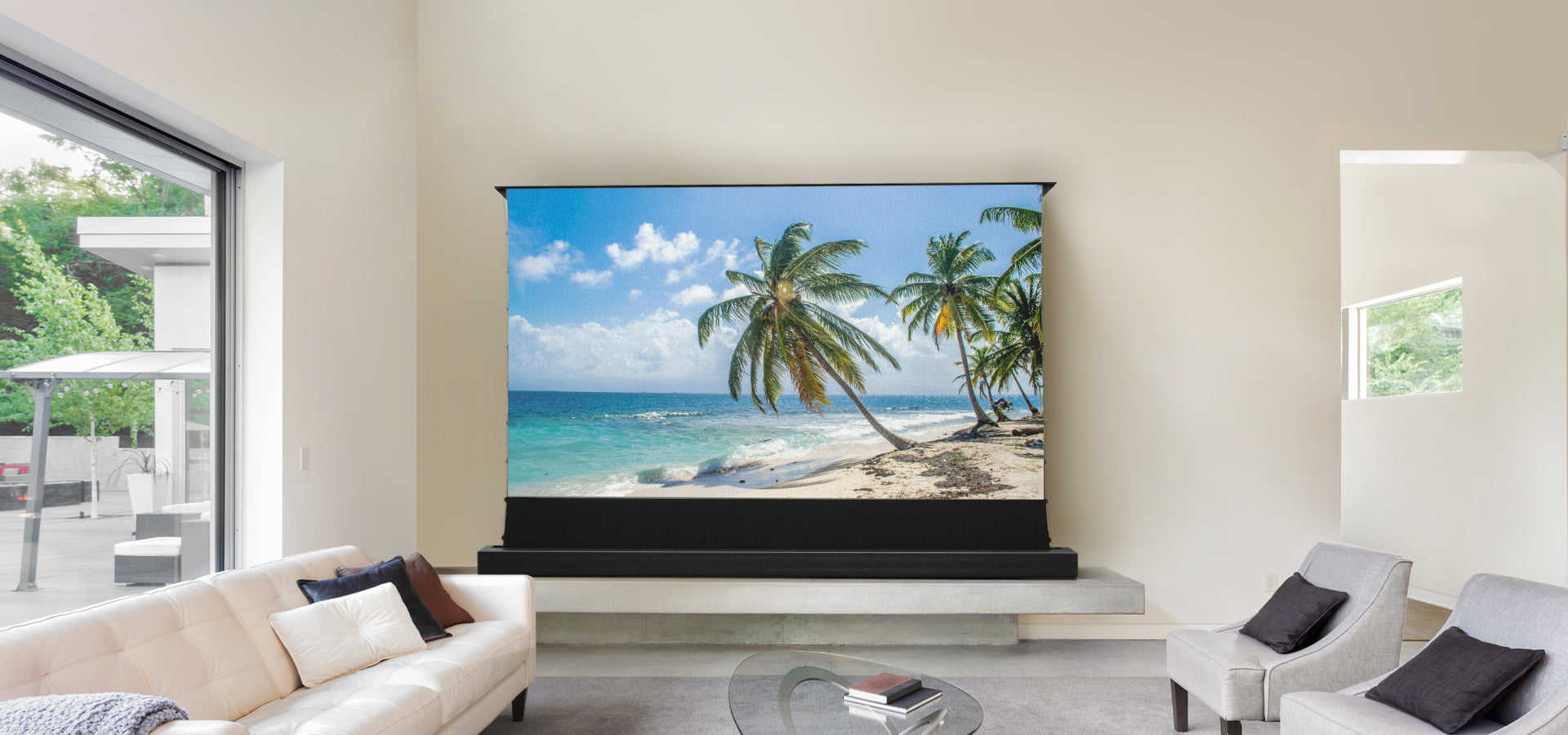*This article focuses solely on ultra-short-throw projector screens; we won't be covering ALR long-throw projector screens.
| CLR screen | ALR screen | Note |
| Only for ultra short throw(ust) projector | UST projector or standard long throw projector | The ALR screen designed for ultra-short throw projectors has a completely different structure from that of long-throw projectors. Ultra-short throw projectors are not compatible with long-throw ALR screens. |
| Absorbs ambient light from above | Absorbs surrounding ambient light and reflects only the light directly in front of it. |
What exactly is the difference between an ALR screen and a CLR screen?
To put it simply, CLR screens are just one type of ALR screens.
That's like saying Messi is a guy and Messi is a human. While these two sentences may seem unusual, they are logically sound
When I need to buy a screen for my ultra-short-throw projector, should I choose an ALR screen or a CLR screen?
When selecting a screen for your ultra-short-throw projector, If you want to make a quick decision, we recommend disregarding these ALR and CLR terms.
You only need to be sure of two things:
1. This screen is specifically designed for ultra-short-throw projectors. ALR screens intended for long-throw projectors are not suitable for ultra-short-throw projectors. Be sure to verify with the seller before making a purchase.
2. The material of the screen. Is this a Lenticular screen or a Fresnel screen?
For ultra-short-throw projector screens, if the seller doesn't explicitly specify it as a Fresnel screen, it's typically a Lenticular screen. However, for added assurance, it's advisable to confirm with the seller.
Lenticular screen :
Viewing angle of 170 degrees ensures optimal visibility for multiple viewers. While center vision may not match that of a Fresnel screen, it still delivers impressive performance.
Fresnel screen:
The viewing angle is about 100, which is suitable for a small number of people. The visual effect is best in the center, but the brightness of the picture decreases as the angle increases.
You can read this article to learn more about the difference between the two materials
3. Purchase a small sample of the screen for comparison.
You might also come across gain as a screen parameter. The rule of thumb in the industry is that lower screen gain typically translates to better contrast and is more suitable for home theaters. (Fresnel screens typically boast higher gain values due to the specific properties of the material.)
However, exact gain values are hard to standardize due to varying testing methods and instruments. Therefore, we suggest purchasing different screen samples and comparing them at home to find the best fit for your needs.



